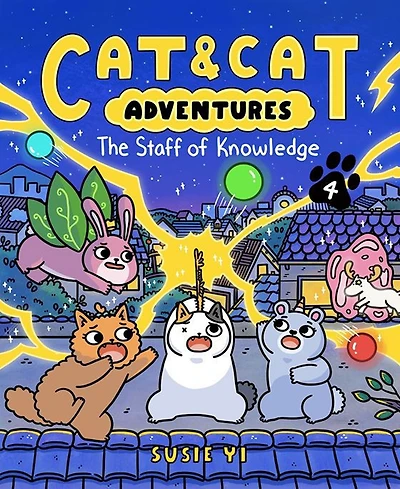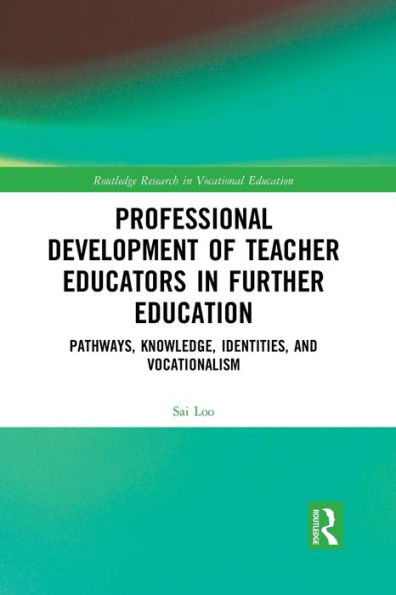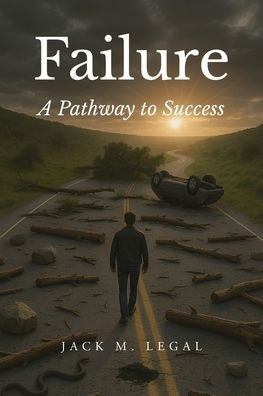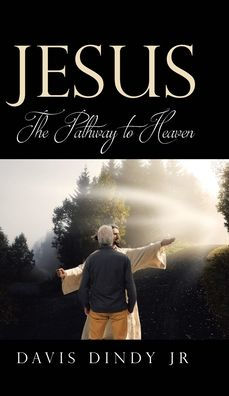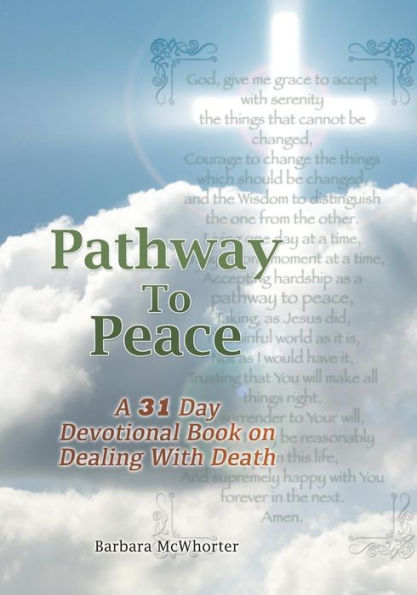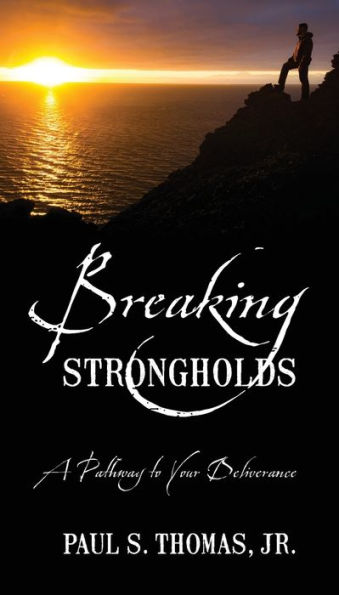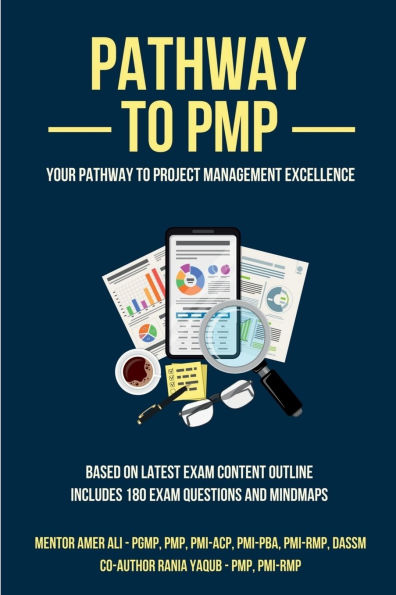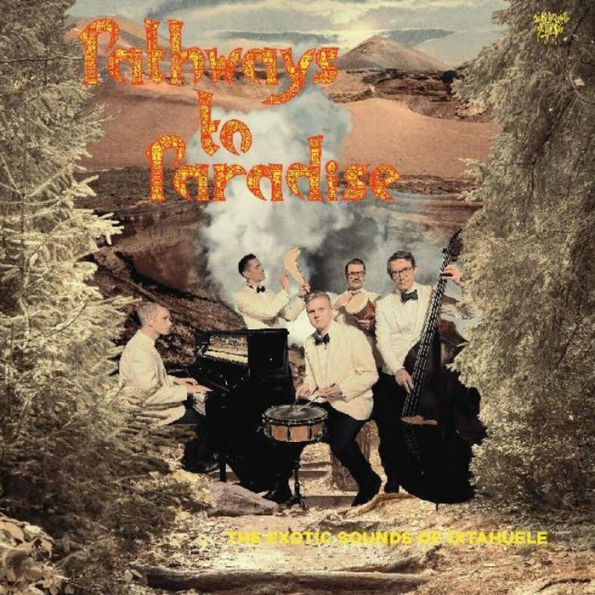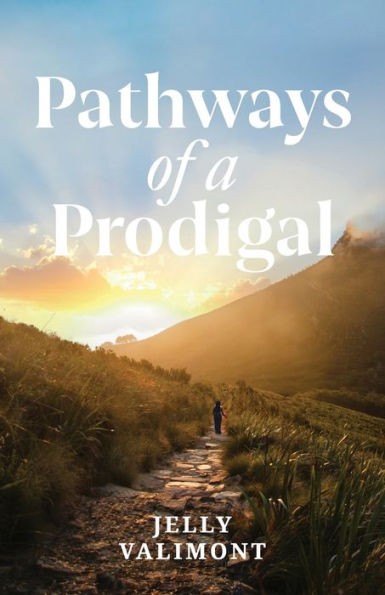Home
The Pathway to Knowledge
Barnes and Noble
Loading Inventory...
The Pathway to Knowledge in Bloomington, MN
Current price: $23.99

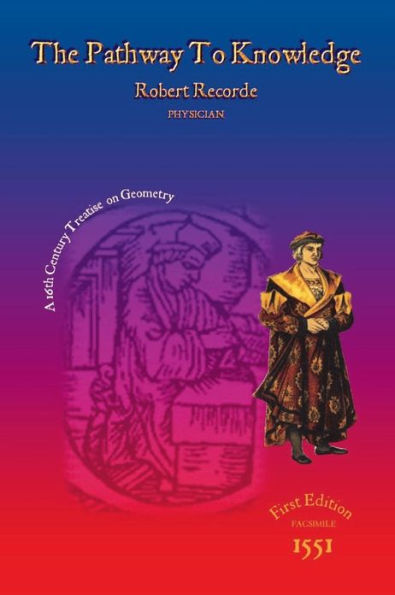
The Pathway to Knowledge in Bloomington, MN
Current price: $23.99
Loading Inventory...
Size: OS
The first edition of Robert Recorde's The Pathway to Knowledge was printed in London, at the sign of the Brazen Serpent, by Reynold Wolfe in 1551. This book is the earliest work on geometry in the English language and was used as a standard textbook well into the middle of the seventeenth century. Recorde's prose is delightfully rhythmical and his poetical phrasing perhaps made learning less of a chore than otherwise for his studious readers. That he well knew this book, although modelled after Euclid, was breaking new ground is evidenced by his statement in the preface to the theorems: 'For nother is there anie matter more straunge in the english tongue, than this whereof never booke was written before now, in that tongue, and therefore oughte to delite all them, that desire to understand straunge matters, as most men commonlie doo'. Recorde encountered an unexpected difficulty when setting out to teach Euclidean geometry to English readers. He found that the English language did not (at that time) have a sufficiency of technical terms. But rather than use longstanding Latin or Greek words, he invented his own English equivalents. So for example, obtuse angles are 'blunt corners', an equilateral triangle is a 'threelike' and a square is a 'likeside'. Unfortunately, Recorde's terminology was not taken up and did not survive the passage of time. Hence schoolchildren in geometry lessons today have to wrestle with difficult Latin words like tangent, instead of Recorde's much more homely and easily understood 'touch line'. The mathematical text itself is extremely lucid in both exposition and diagrams, proceeding from a list of definitions through forty-six constructions and seventy-seven theorems. At the start of the definitions is the statement that 'Geometry teacheth the drawyng, measuring and proporcion of figures' and history produced no finer or more eloquent tutor in the subject than Robert Recorde.
The first edition of Robert Recorde's The Pathway to Knowledge was printed in London, at the sign of the Brazen Serpent, by Reynold Wolfe in 1551. This book is the earliest work on geometry in the English language and was used as a standard textbook well into the middle of the seventeenth century. Recorde's prose is delightfully rhythmical and his poetical phrasing perhaps made learning less of a chore than otherwise for his studious readers. That he well knew this book, although modelled after Euclid, was breaking new ground is evidenced by his statement in the preface to the theorems: 'For nother is there anie matter more straunge in the english tongue, than this whereof never booke was written before now, in that tongue, and therefore oughte to delite all them, that desire to understand straunge matters, as most men commonlie doo'. Recorde encountered an unexpected difficulty when setting out to teach Euclidean geometry to English readers. He found that the English language did not (at that time) have a sufficiency of technical terms. But rather than use longstanding Latin or Greek words, he invented his own English equivalents. So for example, obtuse angles are 'blunt corners', an equilateral triangle is a 'threelike' and a square is a 'likeside'. Unfortunately, Recorde's terminology was not taken up and did not survive the passage of time. Hence schoolchildren in geometry lessons today have to wrestle with difficult Latin words like tangent, instead of Recorde's much more homely and easily understood 'touch line'. The mathematical text itself is extremely lucid in both exposition and diagrams, proceeding from a list of definitions through forty-six constructions and seventy-seven theorems. At the start of the definitions is the statement that 'Geometry teacheth the drawyng, measuring and proporcion of figures' and history produced no finer or more eloquent tutor in the subject than Robert Recorde.
